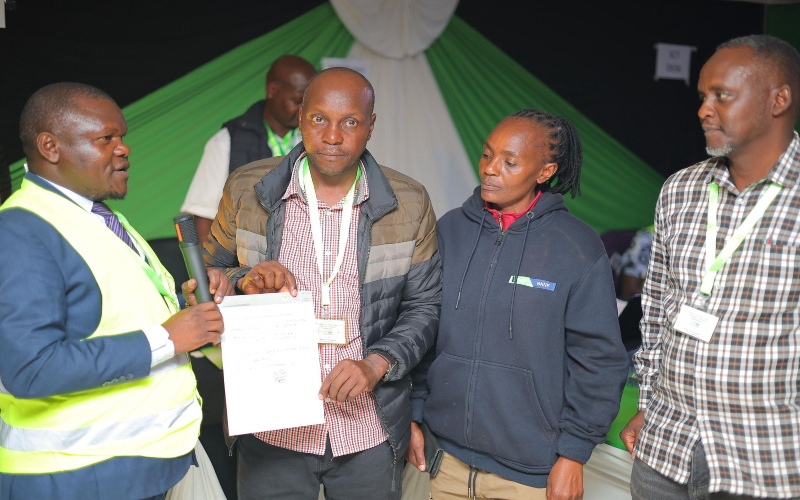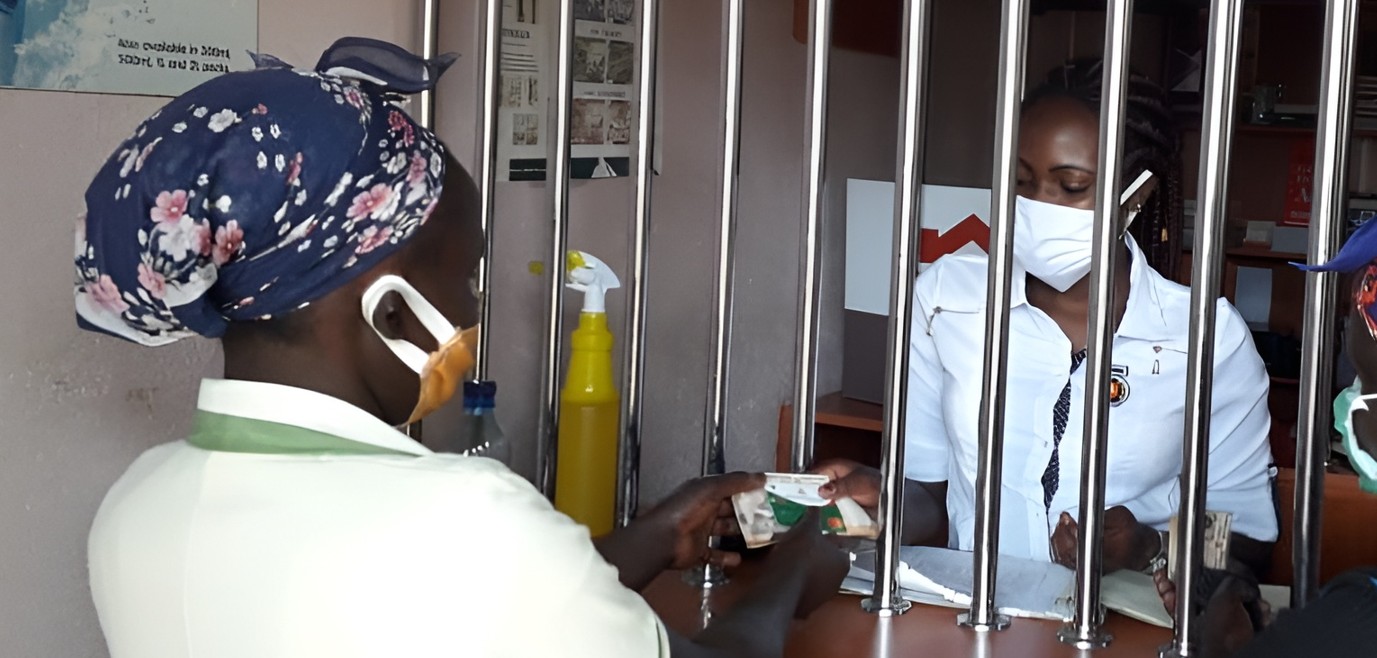Only 4 per cent of public institutions meet disability hiring quota - survey

The Persons with Disabilities Act (2025) mandates that employers with 20 or more employees ensure that at least five per cent of their workforce comprises persons with disabilities.
The push to include persons with disabilities (PWDs) in Kenya’s workforce is facing slow progress despite new legal measures aimed at promoting inclusion.
The Persons with Disabilities Act (2025) requires employers with 20 or more workers to ensure that at least five per cent of their staff are persons with disabilities.
More To Read
- High-rise living in Nairobi’s Pipeline estate is stressful: How men and women cope
- Africa’s share of global extreme poverty rose by 30 per cent in 10 years - World Bank
- Kenya’s economy can only absorb 250,000 graduates annually, Labour PS tells Senate
- Senate demands swift compliance with disability access in public offices
- Shrinking opportunities, growing skills gap: What youths say they need to thrive
- Kenya Power awards Sh3.5 billion in tenders to youth, women and PWDs
Additionally, the Act compels employers not only to meet the inclusion quota but also to make reasonable workplace accommodations and submit annual progress reports to the National Council for Persons with Disabilities (NCPWD).
However, a new Skills Gap and Gender Analysis report by BrighterMonday reveals a significant gap between these legal obligations and their actual implementation.
It notes, for instance, that only four per cent of public institutions have met the required inclusion quota.
“This discrepancy is influenced by cultural stigma and prevailing misconceptions, which contribute to the continued marginalisation of PWDs, particularly women, who represent 57 per cent of this demographic,” the report states.
Among employers surveyed nationwide, nearly 79 per cent reported that only 0-25 per cent of their employees are persons with disabilities, while 20.7 per cent were unsure of their workforce composition.
When asked about previous recruitment efforts, just 34.5 per cent confirmed having employed PWDs, compared to 24.1 per cent who had not. Meanwhile, 41.4 per cent admitted they were uncertain, an indication of limited tracking or awareness within many organisations.
Employers who had not yet hired PWDs cited several reasons, including a lack of qualified applicants, plans to do so in the future, or being in the early stages of institutional development.
Generally, including the other segments of the population, the report reckons that women often face additional layers of discrimination in the job market, including social stigma, restricted mobility, and unpaid care responsibilities that limit their availability and visibility.
Geographical inequities further compound the challenge.
For young people with disabilities, especially those in rural and peri-urban areas, limited mobility, poor transport infrastructure, and under-resourced service centres severely restrict access to employment and training opportunities.
From the employers’ perspective, 48.3 per cent identified transport and mobility barriers as the primary challenge to hiring youth from rural or informal settlements.
Another 44.8 per cent cited inadequate skills among these groups, while 41.4 per cent pointed to low digital access as a major obstacle preventing potential applicants from viewing job postings online.
A further 20.7 per cent of employers reported lacking trusted referral systems to connect with talent from rural communities.
Top Stories Today













































